Aurora College transformation team releases $500M plan for polytechnic campuses
The document breaks down what each campus will look like, although various approvals are still needed
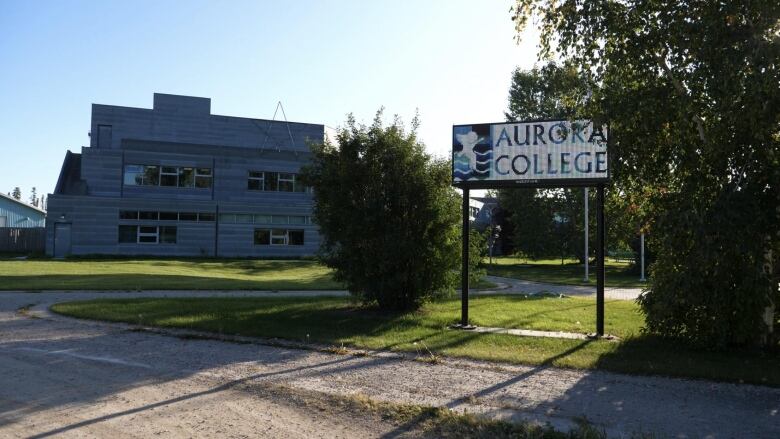
A polytechnic university in the N.W.T would incorporate Tin Can Hill's natural rock and green spaceat its Yellowknife campus, continue Fort Smith's legacy as an "administrativecentre" and include some additional family housing for Inuvik's campus.
Chris Joseph, the assistant deputy minister of post secondary education renewal for the department of education, culture and employment, and Glenda Vardy Dell, Aurora College's president released the figures in the Facility Management Plan on Friday.
The plan comes after 90 engagement sessions that included northern youth,Aurora College students, as well as Indigenousand community governments.
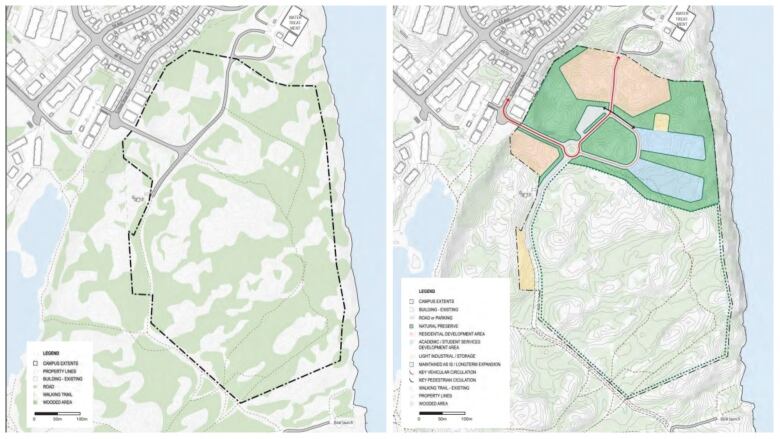
A major aspect of the engagement sessions was the need for daycare'sas many students expected to attend arealso parents.
The document aims to provide a roadmap for what facilities are needed in the next five, 10 and 20 years.
Incorporating nature at Tin Can Hill
As Yellowknife is in need of a brand new campus, it is estimated to cost$364.6 million more than double the budget for theother two campuses put together.
The plan said Yellowknife would housea pedestrian-friendly campus with large courtyards surrounded by student housing.
The campus would attempt to continue the natural setting with green spaces and buildings nestled into low points so as not to dominate the landscape.
At the proposed Tin Can Hill location, priority development includes road and utility infrastructure for thenew campus.
For housing,the planproposes approximately 134 new housing units for students with families and 89 new housing units for single students and temporary housing for staff and visiting researchers.
The Yellowknife campus would only aim to cover 57 per cent of the student population's housing, as opposed to 95 per cent in the other two campuses.
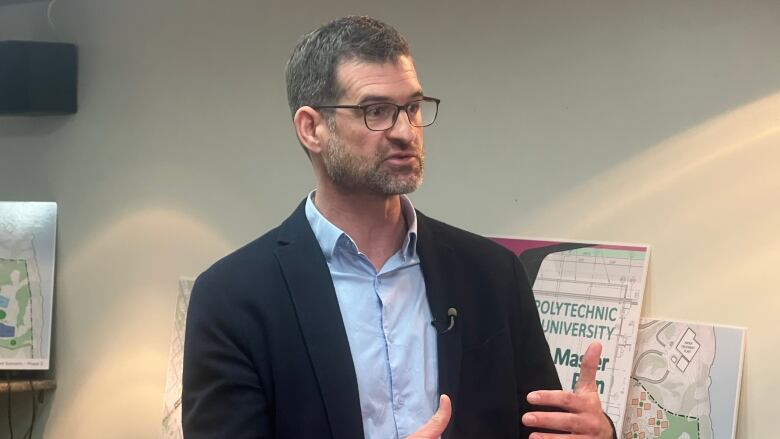
Joseph said each community is different and there are limited housing options in Fort Smith and Inuvik, whereas Yellowknife does have a larger rental market.
"You got to look at the community themselves and respond to the opportunities there," he said.
However, with a tight rental market and plans to increase enrolment, he said officials "aren't banking on that in the short term" which is why developing about half the student housing facilities is a high priority.
There are also plans to prioritize building a new student services facility, including outdoor amenity space and a new academic building, which would include equipment storage.
Community opposition
When the location was first announced as the ideal site for the campus, several residents opposed its selection, arguing the community would be missing out on a widely used greenspace.
Despite this, the city and the territory have entered into a memorandum of understanding which allowed the N.W.T. to begin planning development.

The project still needs to reachthe zoning bylaw stage, in which case the city will have to hold a statutory public hearing that residents can participate in. That is not expected to take place until early 2023.
Thebacha Campus, the administrative centre
Additions to the Thebacha Campus would cost an estimated $96.9 million.
Despite the differences in financial contributions, the planand officials, saidthe Fort Smith campus will remain the administrativecentre.
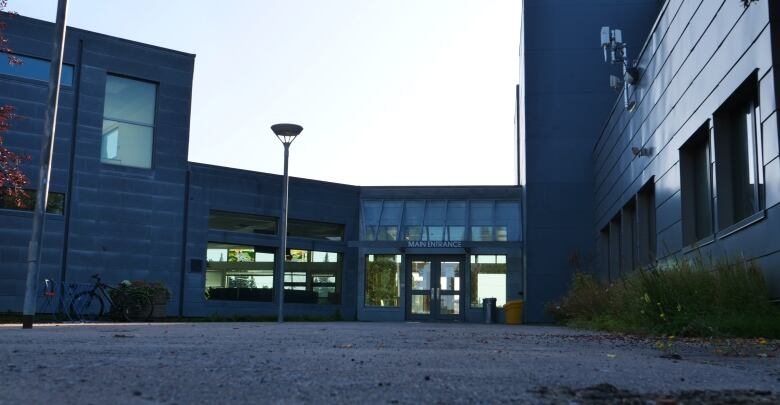
Vardy Dell said thismeans it will house departmentslike finance, IT, communications, and policy development, but does not mean it is the headquarters, or that there even is a headquarters for Aurora College.
However, whether the college has headquarters has been a source of contention in theLegislative Assembly.
Thebacha MLA Frieda Martselosopposed Vardy Dell's decision to live in Yellowknife, stating the president of the college should live in theheadquarters, which she said is Fort Smith.
Housing and a community consultation in Fort Smith
Housing in Fort Smith would includeaddingapproximately 50 new units for single students, and around another50 newunits for students with families, the plan said.
A heavy equipment garage and temporary housing for staff and visiting researchers are other prosed additions.
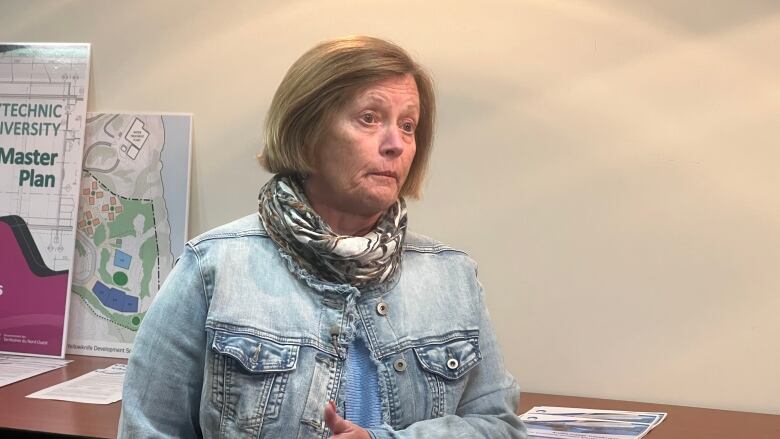
A key aspect of the Thebacha plan includes tearing down the Breynat Hall, a former residential school hostel.
However, before that can happen, additional housing needs to be in place, the plan said.
A new teaching kitchen would be needed with the demolition of Breynat Hall.
Inuvik
Additions to the Aurora Campus in Inuvik are budgeted at $60 million.
This would involve adding new family housing, around 15units six two-bedroom units, seventhree-bedroom unitsand two four-bedroom units. The proposal recommends additional temporary housing for staff and visiting researchers.
There are also proposals in the plan for astudent services and amenity building.
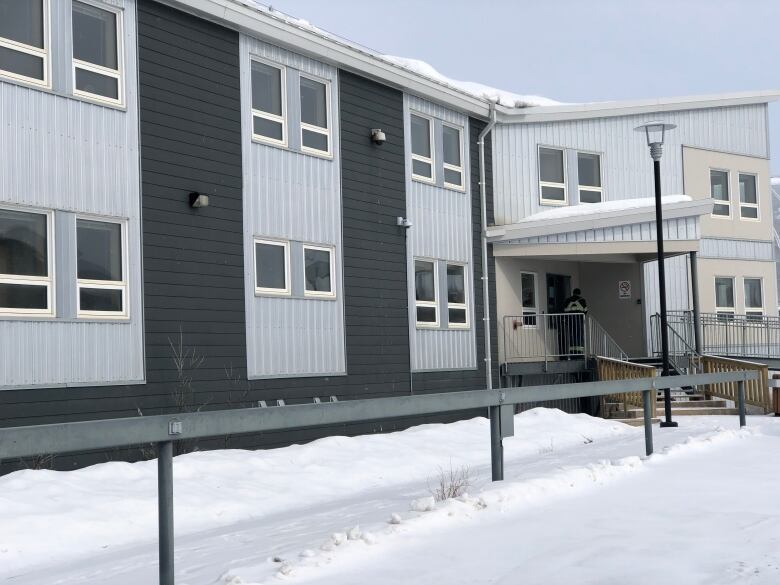
Community learning centres
There are also preliminary plans for development of community learning centres.
Centres already exist in 21communities, however most are 35 to 55-years-old, the plan said. These predominantly offeradult literacy and basic education.
The document details plans to modify these facilities so that they can serve as learning centres for each community and as staging centres for visiting research groups.
Two types of models are included in the plan a standard model for the majority of communitiesand a regional model for larger communities or regional centres.












_(720p).jpg)


 OFFICIAL HD MUSIC VIDEO.jpg)
.jpg)



























































































